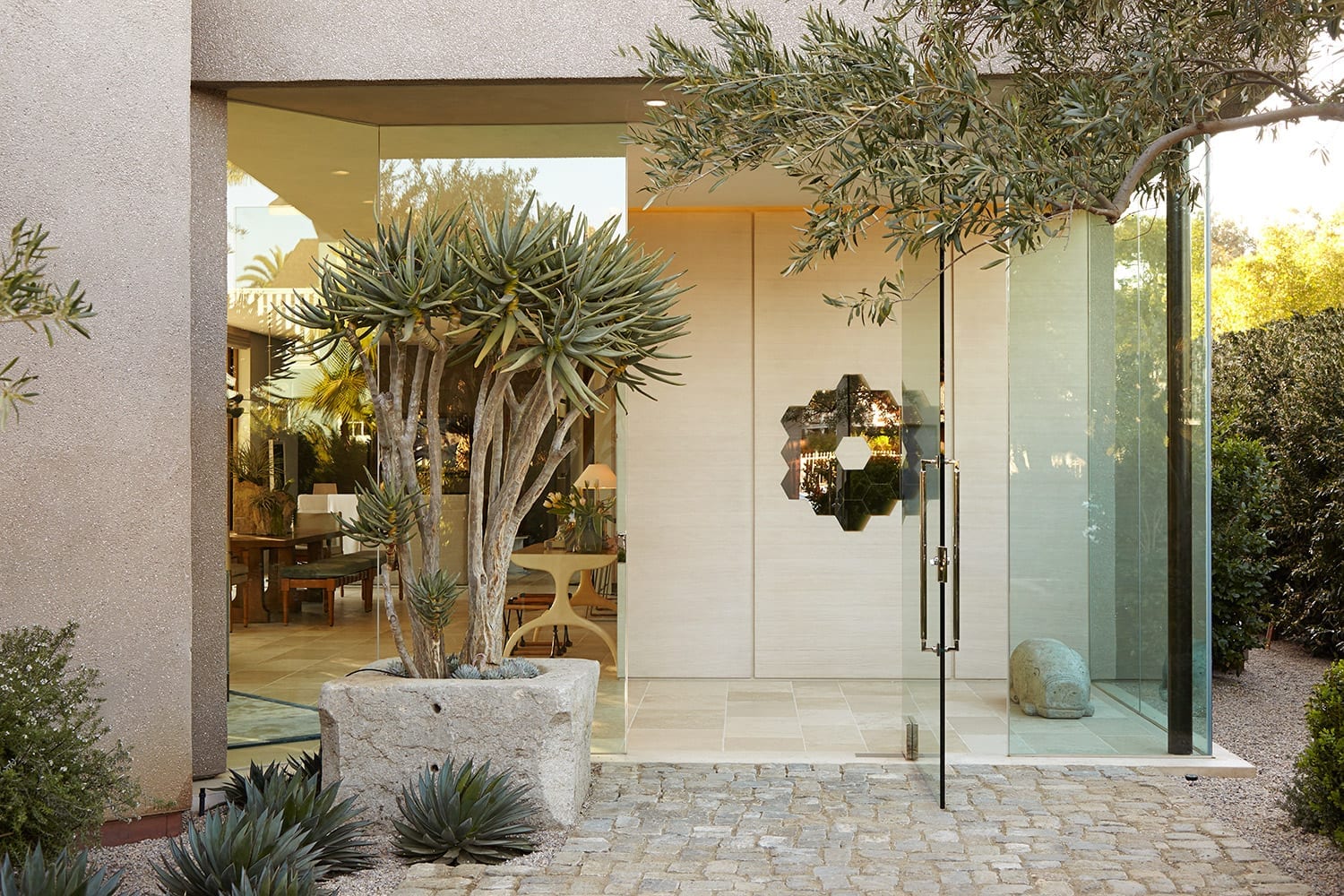
Landscape Design: Xeriscaping for Southern California Living

The term Xeriscaping refers to landscaping with water conservation as the main objective. The Greek word “xeros” means dry, and combined with the word landscaping, gives you Xeriscaping. This practice is one that many homeowners in Southern California are adopting amidst the severe drought. With water as a limited resource, almost all landscaping projects can benefit from Xeriscaping.
Benefits of Xeriscaping
Xeriscaping has so many benefits. Here are just a few:
- Less Maintenance: All you need to do to your Xeriscaped yard is prune and weed it. That’s it!
- Less Water: Xeriscaping can cut your water use outside by as much as 50 – 75%! Simple irrigation systems can be installed that use only a small amount of water.
- Pesticide Free: By using plants that are native to your area, you will not need to use fertilizers or pesticides.
- Give Animals a Home: Native plant life, including trees and shrubs, can give local wildlife a comfortable habitat to live in.
- No Pollution: Gone are the days of lawn mowers and fossil fuel consumption. With Xeriscaping, you won’t need to mow anything!
Planning: The First Step in Xeriscaping
Whether you are going to redesign an old landscape or start with a new one, a plan for Xeriscaping is a must. The first thing you will want to do when Xeriscaping is to walk around your yard and take notes. Consider the slope or grade of your property. The parts of the yard that are exposed to the south and west generally lose water the most through runoff and water evaporation. Slopes that are terraced can help save water by providing slower runoff and better water absorption. You will want to map out where each plant cluster, tree and shrub will go. Be sure your trees are placed in areas that can provide shade to ground cover and create cooler soil. You will also want to figure out the proper design of your irrigation system.
Step Two: Prepare Your Soil for Xeriscaping
The key to saving water when using Xeriscape Landscaping is to prepare your soil. You want the soil to drain quickly and store water at the same time. Water and valuable nutrients can be lost if the soil is extremely sandy, while heavy clay soil, will waste water through runoff. Good soil has a balance of coarse soil clusters, sand, some clay and pore spaces. You can add organic matter (such as compost) to the soil and be sure to keep it well aerated. This will make the deep roots tap into the water stored in the soil and will, in turn, need less water.
Step Three: Choose Appropriate Plants for Xeriscaping
You will want to carefully choose plants that are compatible with the soil, irrigation systems and sun exposure. Plants that are native to the area will thrive in a properly planned out Xeriscape. Use drought-resistant plants and figure out where each type will grow best. For areas with south and west exposure, choose plants that need only a little bit of water. Slopes and walls that face north and east should have plants that like wetness. Use trees that will shade the soil and reduce evaporation by blocking wind.
Step Four: Mulch, Mulch, Mulch
Did we mention mulch? Covering the surface of the soil around plants is imperative when doing Xeriscape Landscaping. Use leaves, pine needles, gravel, woven fabric, wood chips or compost. This will block weeds from growing, prevent erosion, improve the condition of the soil and decrease the temperature of the soil.
Step Five: Watering Xeriscape Landscaping
The irrigation system you install for your Xeriscape Landscaping should fit the space and water needs of the plants. Work with a professional landscape designer to coordinate the design itself. For grass, gear-drive rotors or rotary spray nozzles will work best, while spray, drip line or bubbler emitters will efficiently water trees, shrubs, flowers and groundcovers.
Drought Resistant Plants for Xeriscape Landscaping
Plants that are drought-tolerant are perfect for Xeriscape Landscaping. You should work with your local nursery or landscape artist to choose local native varieties. Use perennial and annual flowers, shrubs & trees, succulents and ornamental grasses.


